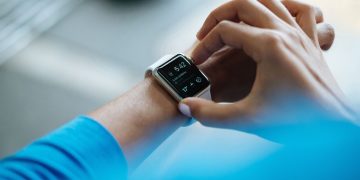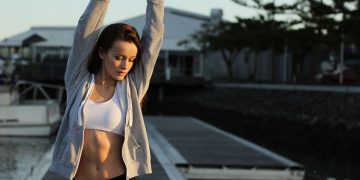At SIGGRAPH 2025 this week, I went hands-on with Boba 3, Meta’s prototype of ultra-wide field of view PC VR in a form factor similar to Quest 3.
I’ve long contended that field of view is the fundamental driver of immersion of VR, and argued that the industry should prioritize increasing it.
Until the reveal of Boba 2 and Boba 3, it was unclear whether significantly increasing field of view would always also necessitate significant tradeoffs to form factor and weight. If that had been the case, given the industry’s rightful focus on making headsets sleeker and lighter, it might have been decades before we saw big players push field of view again.
After trying Boba 3, and seeing a massive field of view in a viable form factor with my own eyes, I’m now more optimistic than ever about the future of VR.
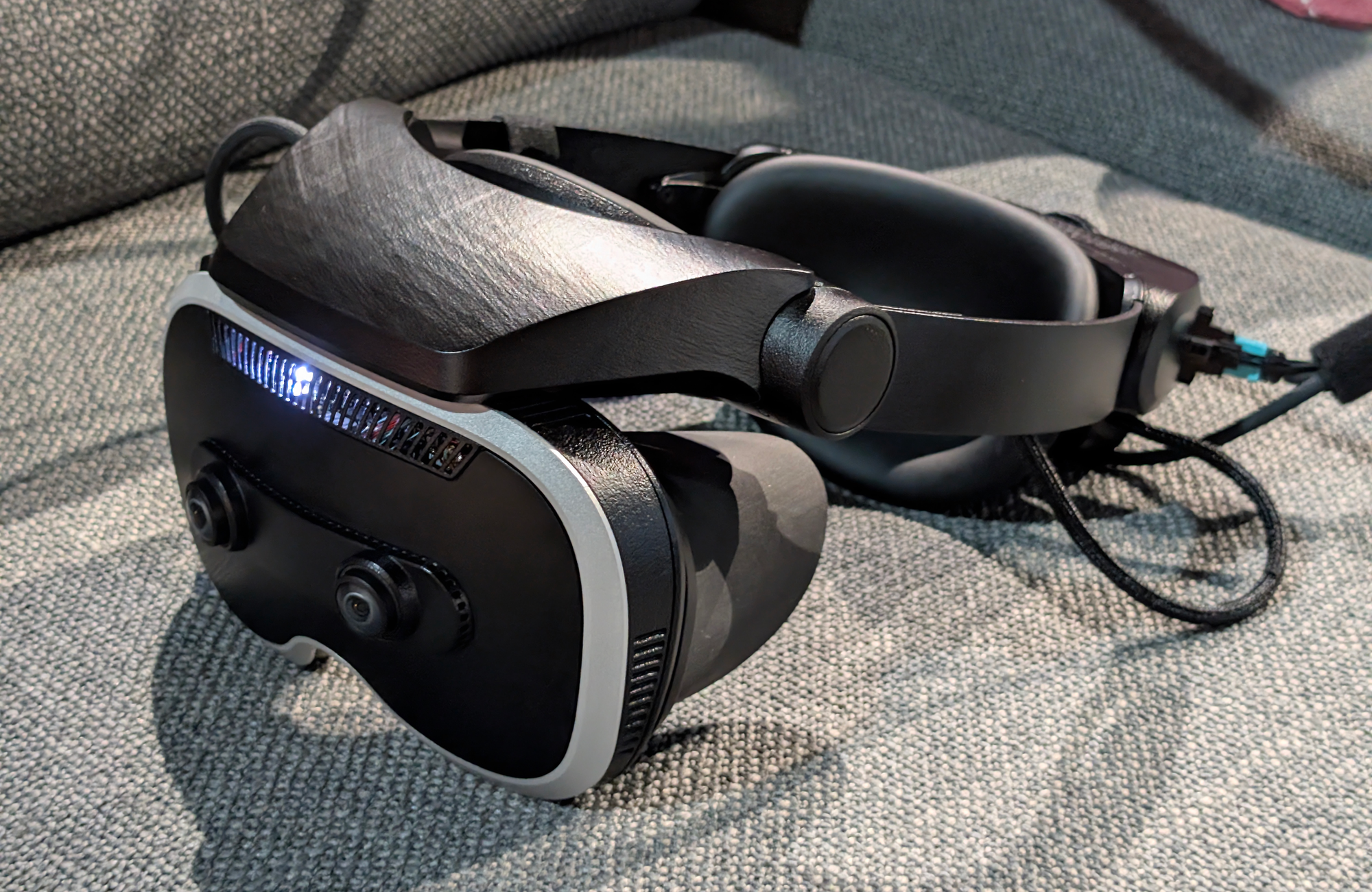
A Decade Of Stagnation
When I tried the original Oculus Development Kit 1 (DK1) in 2013, like many others, I was blown away.
Today, DK1 is a dinosaur in most regards. Its resolution was less than 640×800 per eye (around 6 pixels per degree, legally blind), and its refresh rate just 60Hz. It had a full-persistence display with immediately noticeable motion blur, and no positional tracking, only 3DoF rotation.
And yet, despite all of this, most people who put on DK1 exclaimed that they felt like they’d been transported to another place.
Before DK1, the only headsets you could buy for less than tens of thousands of dollars had a field of view of around 45°, such as Sony’s HMZ-T1. You could only peek into a sliver of a virtual world. But with DK1, you were finally in that virtual world. And thus, the consumer VR revival of the 2010s had begun.
| Horizontal Field Of View |
Vertical Field Of View |
Release Year |
|
| DK1 | 90° | 90° | 2013 |
| DK2 | 93° | 99° | 2014 |
| Rift | 87° | 88° | 2016 |
| Quest | 93° | 93° | 2019 |
| Quest 2 | 96° (IPD 1&2) 86° (IPD 3) |
96° | 2020 |
| Quest 3 | 108° | 96° | 2023 |
Today we have wireless standalone headsets with 4K per eye resolution, 120Hz refresh rates, low persistence, and markerless inside-out head, controller, and hand tracking with ultra-low latency. We even have color passthrough for mixed reality, not just VR, and headsets no longer need a gaming PC.
Yet for the most part, the field of view has barely budged. Almost every headset since has landed somewhere between 90° and 110°. For better or for worse, the focus has been on making headsets smaller and higher resolution, not field of view.
There are exceptions. Pimax shipped a roughly 150° horizontal field of view in 2018, but at the cost of a “hammerhead” form factor and fishbowl-level geometric distortion in the periphery. More recently, Somnium VR1 and Pimax Crystal Super have reached around 130° horizontal, for some people, with a very high price and tradeoffs of their own.
For the most part, though, the field of view of headsets that people actually buy and use en masse has stagnated. VR has gotten sharper, clearer, and far more interactive, but not more immersive. And that’s why Boba 3’s lenses are among the biggest VR breakthroughs in a decade.
For years now, the Display Systems Research (DSR) team of Meta’s Reality Labs Research group (originally Oculus Research), led by Douglas Lanman, has publicly presented, and sometimes demoed, research prototypes that push the state of the art for head-mounted displays.
This has included varifocal optics, retinal resolution, ultra-high brightness, and reprojection-free passthrough.
Watch Oculus Detail Its Varifocal Half-Dome VR Prototype Here
Last month, we reported on a talk by Douglas Lanman of Oculus Research (now Facebook’s Reality Labs) from the 2018 SID Display Week event. The fascinating 40-minute session showcased some of the team’s latest work in VR hardware. Now you can watch that talk for yourself. Below is
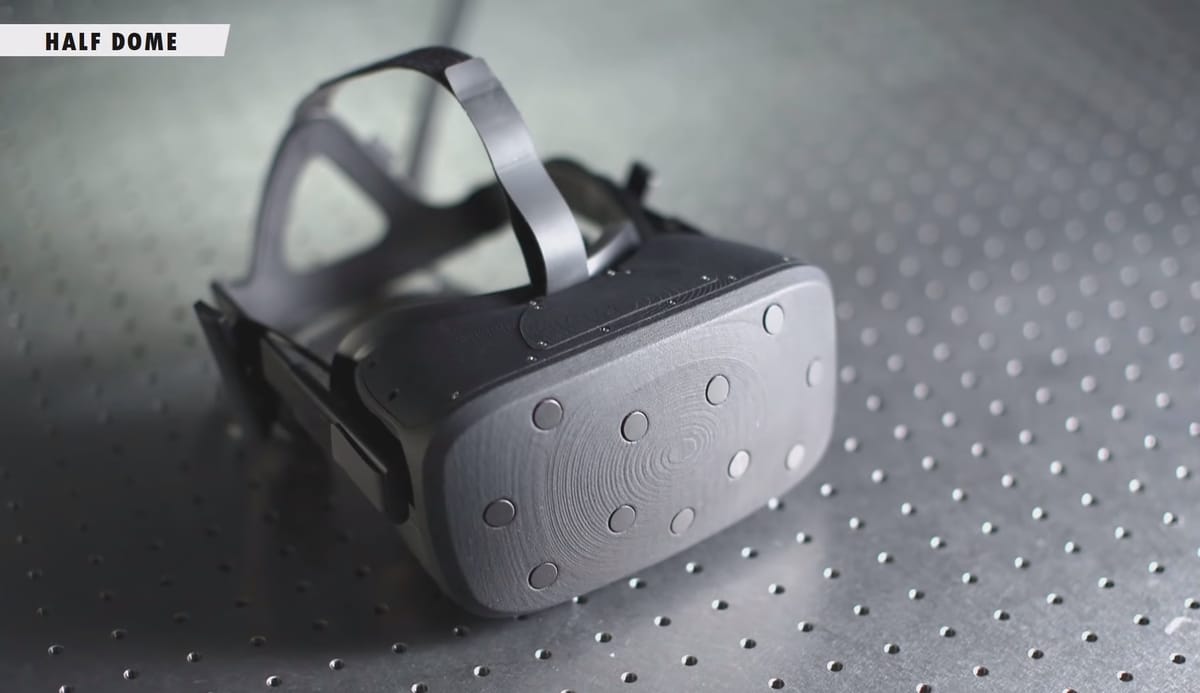
Back in 2018 DSR showed off the original Half-Dome headset which, as well as being varifocal, had a field of view of 140°. However, subsequent versions of Half-Dome had a smaller field of view, with Half-Dome 2 focusing on compactness and Half-Dome 3 moving to an electronic varifocal approach with no moving parts. In many ways, this was a reflection of the priorities of the industry at large.
Until recently, we hadn’t seen any Meta prototype with a wide field of view again at all. Then, in October 2024, Meta CTO Andrew Bosworth shared a photo of himself holding a headset with a very wide curved body, suggesting an ultra-wide field of view.
Meta CTO Holds Wide Field Of View Prototype Headset In Photo
Meta’s CTO shared a photo of himself holding what appears to be a wide field of view headset prototype.
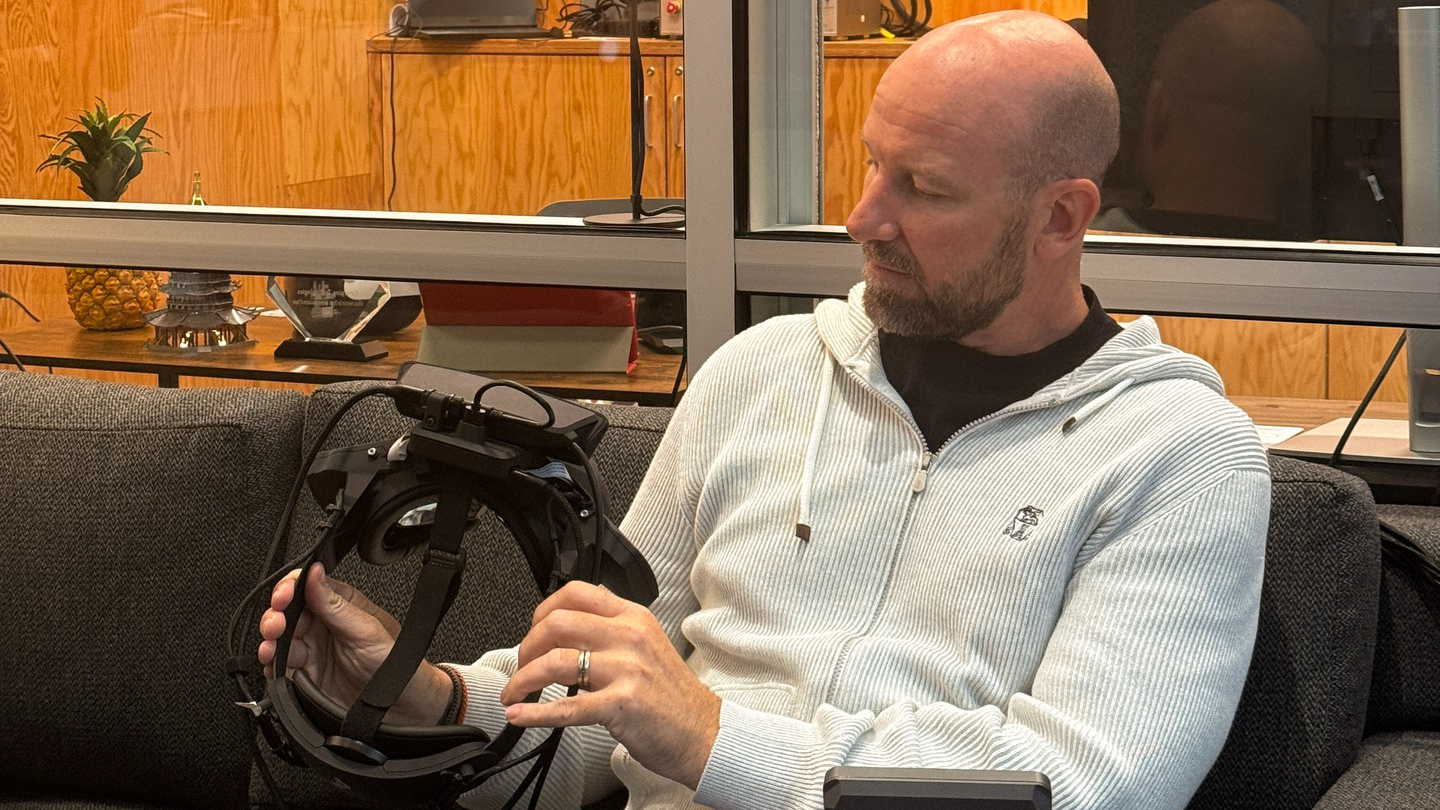
Last week, Meta revealed that the prototype Bosworth was holding was called Boba. More interestingly than the name, though, it also revealed that it had a display and optics stack from “about nine years ago”, the early days of Oculus Research.
Boba 1 achieved its 210° ultra-wide horizontal field of view with significant form factor tradeoffs, and its vertical field of view was just 70°. Given the low density of displays back then, it also had a very low angular resolution.
But a lot has changed since then. So recently, DSR re-examined what’s possible when it comes to field of view.
Enter Boba 2 & Boba 3
First revealed in a paper abstract three weeks ago, Boba 2 was developed last year, when DSR optical scientist Yang Zhao realized that recent advancements in pancake lenses, driven by Meta’s large investment in the technology, could be adapted to achieve an ultra-wide field of view in a practical form factor.
Further, commercially available LCD displays for VR had now reached the density where at least Quest 3 level of angular resolution could be achieved at ultra-wide field of view. Specifically, Boba 2 used 3K displays, reaching the same 25 PPD as Quest 3.

Boba 3 is a newer version, from this year, that uses 4K LCDs to reach 30 PPD, as well as a refined lens production process that improves quality and apparently reduces the “peeling” I saw on the edges of the lenses of the Boba 2 display unit on the stand at SIGGRAPH.
Both have a field of view of 180 degrees horizontal by 120 degrees vertical.
For comparison, Quest 3 has a field of view of less than 110° × 96°, while Quest 3S has less than 96° × 96°, and human vision is very roughly 200° × 135°, depending on the shape of a person’s face. In simpler terms, Meta says Boba 3 covers roughly 90% of human field of view, compared to 46% for Quest 3.
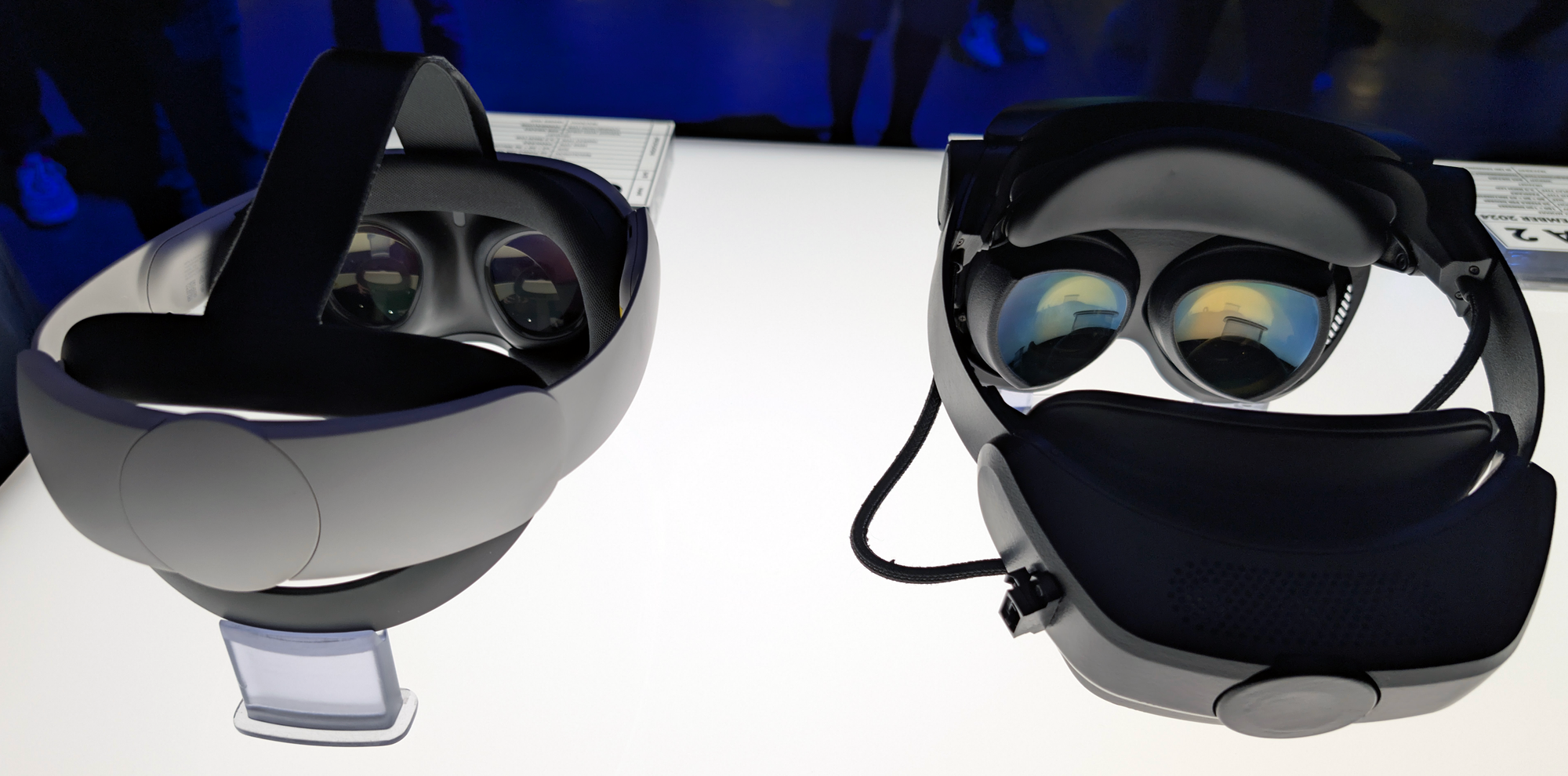
So ultra-wide field of view in a Quest-like form factor, with higher angular resolution than Quest 3. It sounds great in theory. But does it hold up to a real-world demo? And what’s the catch?
Boba 3 & The Joy Of Full Immersion
Putting on Boba 3, I couldn’t help but smile. What I saw was an image roughly as clear and sharp as Quest 3 but across a truly massive field of view, both horizontal and vertical. It engulfed the majority of my vision, with only a small chunk on the extreme horizontal periphery, and vertically below me, missing.
Unlike most other attempts at ultra-wide field of view to date, Boba 3 has only minor distortion at the very edges, comparable to what you see on the edges of Quest 3.
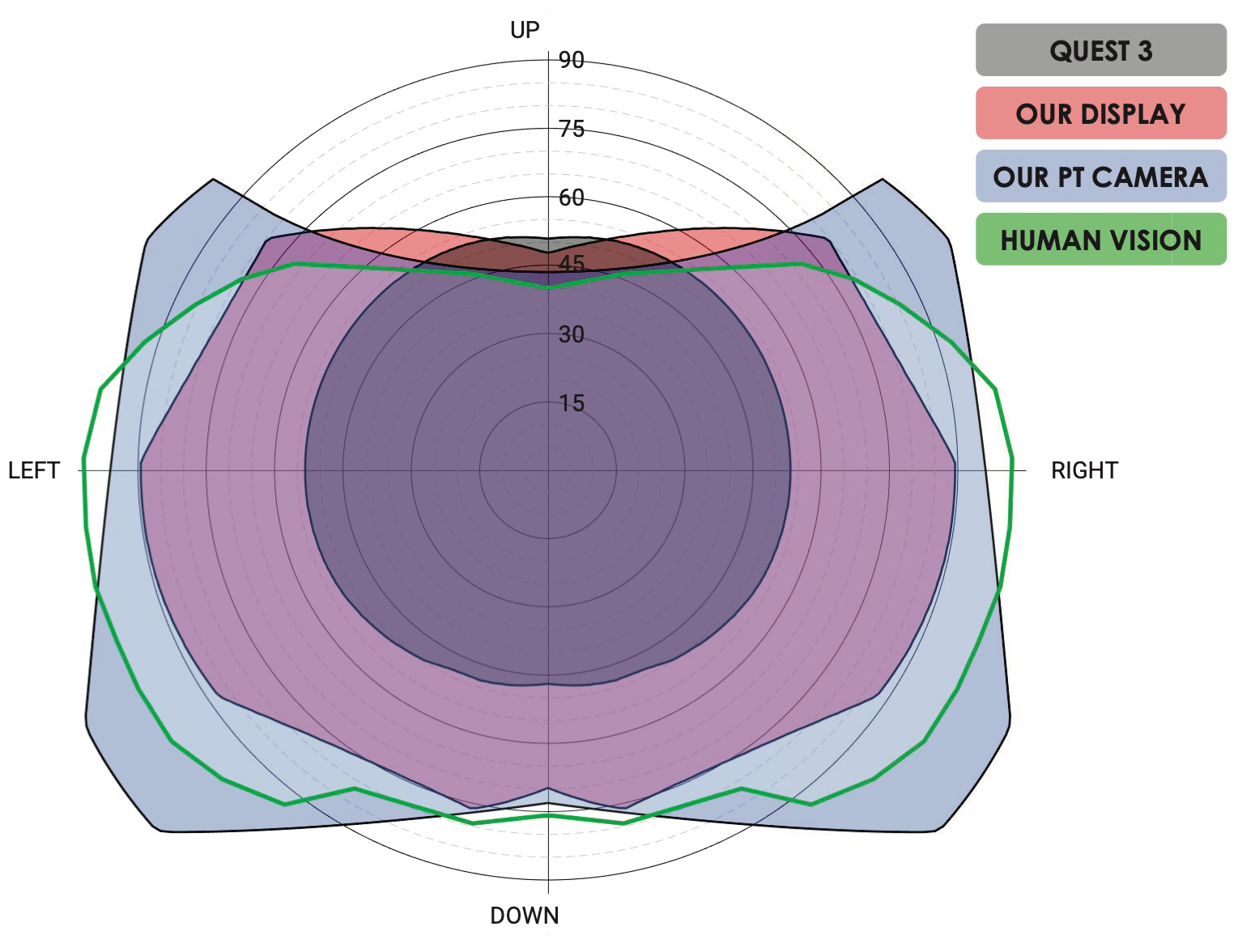
In VR mode, Boba 3 gave me a deeper sensation of truly being in another place than any other headset has before. And isn’t this the true purpose of VR? The feeling was so intense that after going back to Quest 3, I’m acutely aware of the field of view I’m now missing, and I can’t stop seeing it.
And this stronger feeling of immersion is not the only advantage of an ultra-wide field of view. It also improves object permanence, meaning you’re continuously aware of the virtual objects beside you, not just in front. In virtual meetings, you’d continue to see the tracked body and facial movements of all participants. In games, you’d see approaching enemies far sooner. Or when using a triple monitor virtual workspace, you’d be able to glance at a side monitor with your eyes, rather than rotating your head. When watching a 180° video, you don’t need to move your head at all.
That reduced need to pan with your head is also a comfort advantage, one more nuanced than just the weight of a headset. Sure, many future headsets might be slim and light. But is it really comfortable to constantly have to turn your neck?
The variant of Boba 3 with cameras on the front supports passthrough mixed reality across the full ultra-wide field of view too – not just for VR. It’s technically impressive, as Meta had to develop a custom FPGA pipeline chip with a fiber optic PCI-E interface to carry the dual 20 megapixel cameras at high framerate (USB is simply not sufficient). However, Boba 3’s passthrough is not depth-correct, and I saw geometric distortion as I moved my head. Further, I already have open periphery headsets and accessories at home, so I can already see the real world in my periphery. Sure, that doesn’t include virtual objects. But nonetheless, all this made Boba 3’s mixed reality experience slightly less impressive than its VR.
That passthrough distortion, and lack of depth correctness, exists because Boba 3 uses “direct passthrough”, a fancy term for just showing the camera views with a lens-matched but static projection, rather than using dynamic reprojection. This is more a limit of time and project scope than some inherent technical roadblock, Lanman told me, and could in theory be improved with future development.
In-headset, the difference is more dramatic, as this flatscreen projection distorts the periphery.
What was most notable about the Boba 3 demo is that there was no deal-breaking “catch”. The three other Meta research prototypes I’ve tried have, in pursuit of pushing the frontier of a particular aspect of HMD display systems, involved noticeable and obvious tradeoffs:
- Starburst delivered stunning 20,000 nits brightness, but in a headset so comically big and heavy it had to be suspended from above with cables, and so hot that it had enormous cooling fans on the top.
- Butterscotch Varifocal delivered near-“retinal” resolution and varifocal optics, but in a thick and heavy headset with only 50° horizontal field of view.
- Tiramisu combines beyond “retinal” resolution with high brightness and contrast. But it’s also thick and heavy, and has a field of view of just 33°.
That’s not to say that those other prototypes aren’t impressive in their own right. But Boba 3 is notably different. It felt complete. If I had been allowed to take one home, or pulled off a daring heist, I’d be using it as my PC VR daily driver, as-is.
Boba 3 is the overall best VR headset I’ve ever used, with no close second.
To be clear, though, Boba 3 is not a product, nor is it a prototype of a product, despite its polished look. Meta researchers spent much of SIGGRAPH repeatedly explaining this to attendees, dozens of whom I overheard asking “so when is this coming out?” more than any other question.
“We’re researchers, we don’t make the decisions around what to ship in products.”
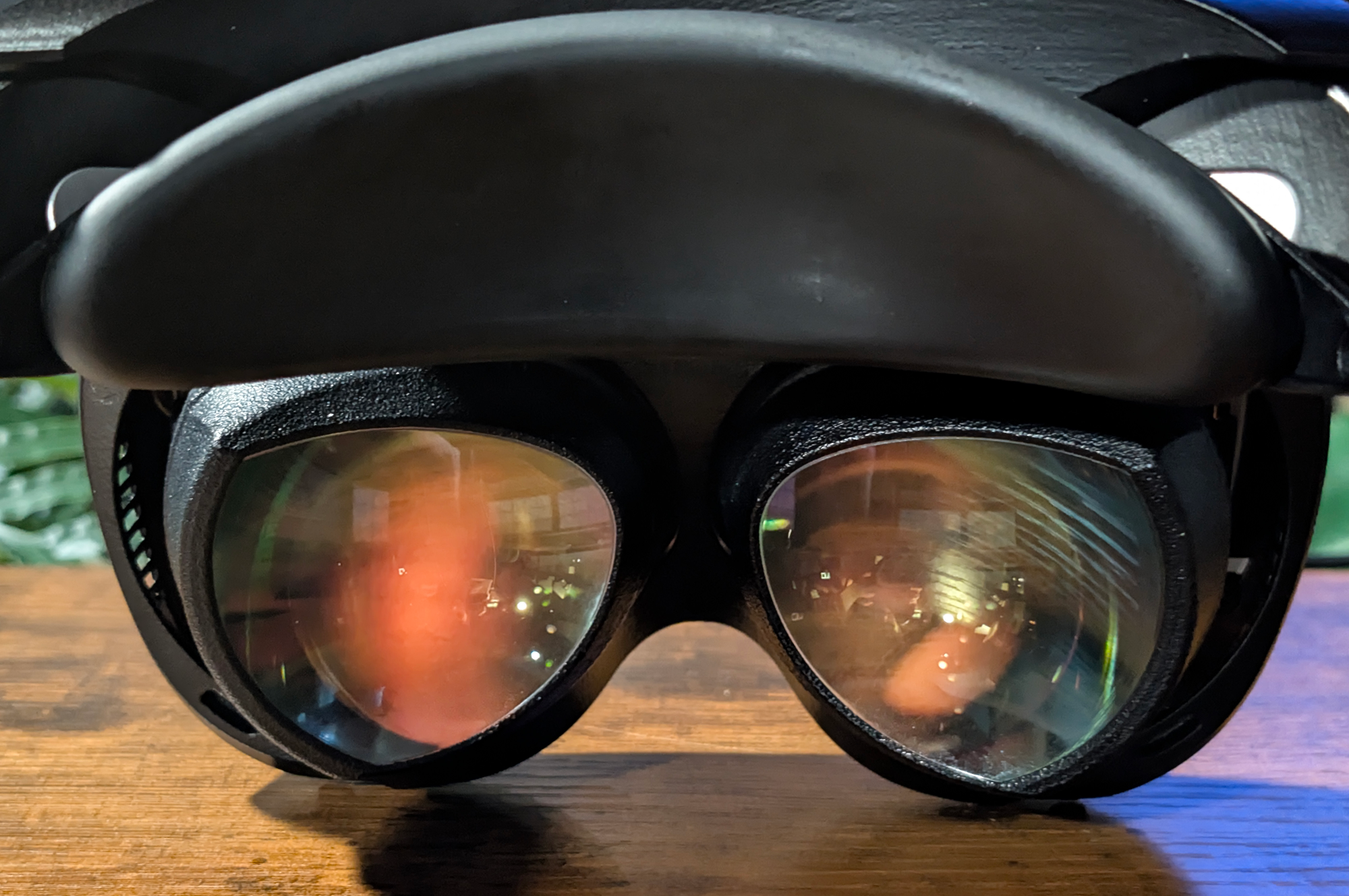
All that said, the most promising thing about Boba 3 is that if Meta did want to ship it as a product, it probably could.
Boba 3 is not like Orion, Meta’s unshippable AR glasses. Its lenses don’t use exotic materials, and its displays are neither curved nor tiled.
In fact, Boba 3’s lenses are built with a very similar process to Quest 3’s. They’re dual-element pancake lenses, with the novel addition being a high-curvature reflective polarizer layer. And displays are regular 4K LCDs similar to those already shipping in Varjo XR-4 and Pimax Crystal Super.
Conceptually, Boba 3 is relatively simple. It would be markedly more expensive than Quest 3 to produce, sure. But it wouldn’t cost many thousands of dollars.
That’s not to say that developing Boba 3 was easy, as DSR’s optical scientists are keen to note. A lot of clever optical and mechanical engineering was involved here. But what’s important is that the difficult part was the initial design, not the theoretical manufacturability.
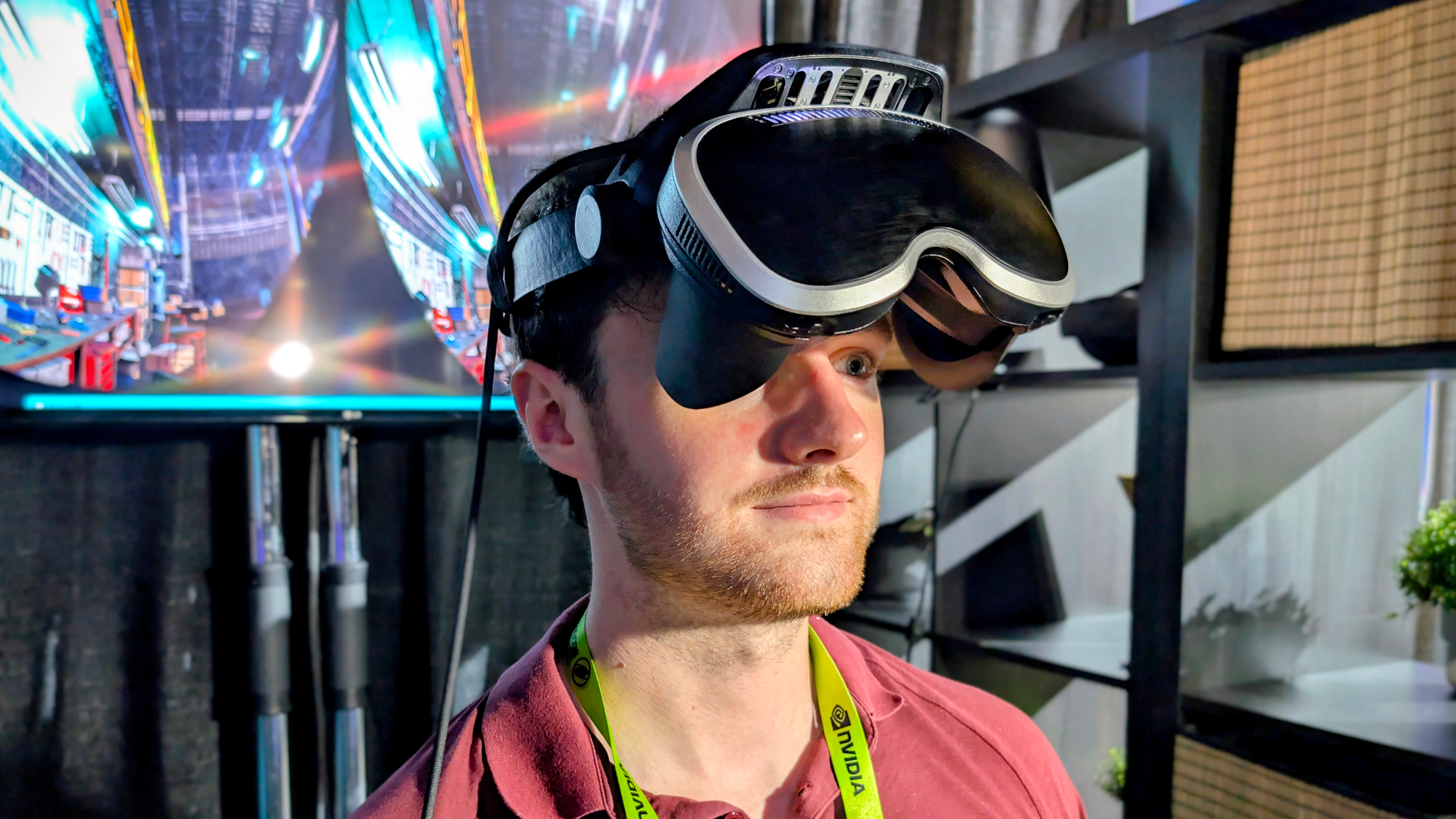
While Boba 3 doesn’t have any flaws that I would consider deal-breakers, there are still tradeoffs to note.
One is that the eyebox is smaller than Quest 3, meaning your eyes need to be more closely aligned to the center of the lens to see an acceptable image. Interestingly, though, what you see when your eyes are misaligned with Boba 3’s lenses is not a blurrier image, but a darker one. If your IPD is aligned on one eye, but not the other, for example, this can result in an uncomfortable brightness disparity.
This is one of the reasons Boba 3 is designed to be very adjustable. It features manual per-eye IPD alignment, eye relief adjustment, and tilt control for the visor, including the ability to flip it all the way up.
And when I say that Boba 3 has a form factor “similar” to Quest 3, I should note that it is slightly heavier, as its lenses are much larger. Given this increased weight and size of the lenses, and the need to keep everything solidly in place throughout all possible adjustments and stress, Boba 3’s visor is reinforced with aluminum, rather than being an all-plastic design. This is part of the reason that Boba 3 weighs 142 grams more than a Quest 3 with Elite Strap, despite not including a battery.
That aluminum could theoretically be replaced with a magnesium alloy, Meta’s researchers told me, to reduce the weight. But this would drive up the cost.
| Field Of View | Optical Stack | Weight | |
| Quest 3 | 108°×96° | 63×60×26mm | 698 grams (with Elite Strap) |
| Boba 1 | 200°×70° | 140×78×45mm | 874 grams |
| Boba 2 | 180°×120° | 80×80×42mm | 845 grams |
| Boba 3 | 180°×120° | 75×75×42mm | 840 grams |
By the way, if you’re wondering how Boba 3 is tracked, the answer is that it uses the Constellation tracking system from the original Oculus Rift, and the demo had two Rift Sensors on the desk in front of me. This could quite easily be replaced with inside-out tracking, though, if Meta ever wanted to ship Boba 3 as a product.
Given how complete Boba 3 feels, how few flaws it has, and its apparent manufacturability, you may be wondering why it’s just a research prototype.
The decision of what to actually ship is entirely out of the hands of the DSR team. It lies, instead, with Meta’s product teams, and ultimately its executives, Mark Zuckerberg and his CTO Andrew Bosworth.
Taking into account the repeated statements of Bosworth, the decision to not ship a product with Boba 3’s lenses likely comes down to compute.
When asked about Boba 1, which he held in the October photo, Bosworth repeated his long-standing view that an ultra-wide field of view isn’t worth the tradeoffs on “weight, form factor, compute, and thermals”.
Meta CTO On Wider Field Of View: ‘So Far It Hasn’t Felt Like The Right Tradeoff’
Meta CTO Andrew Bosworth shared his thoughts on increasing the field of view of Quest headsets. During his most recent Instagram “ask me anything” session, Bosworth was asked “is fov a major concern? what features are more important in regards to ar/vr immersion”. He responded: I love this question
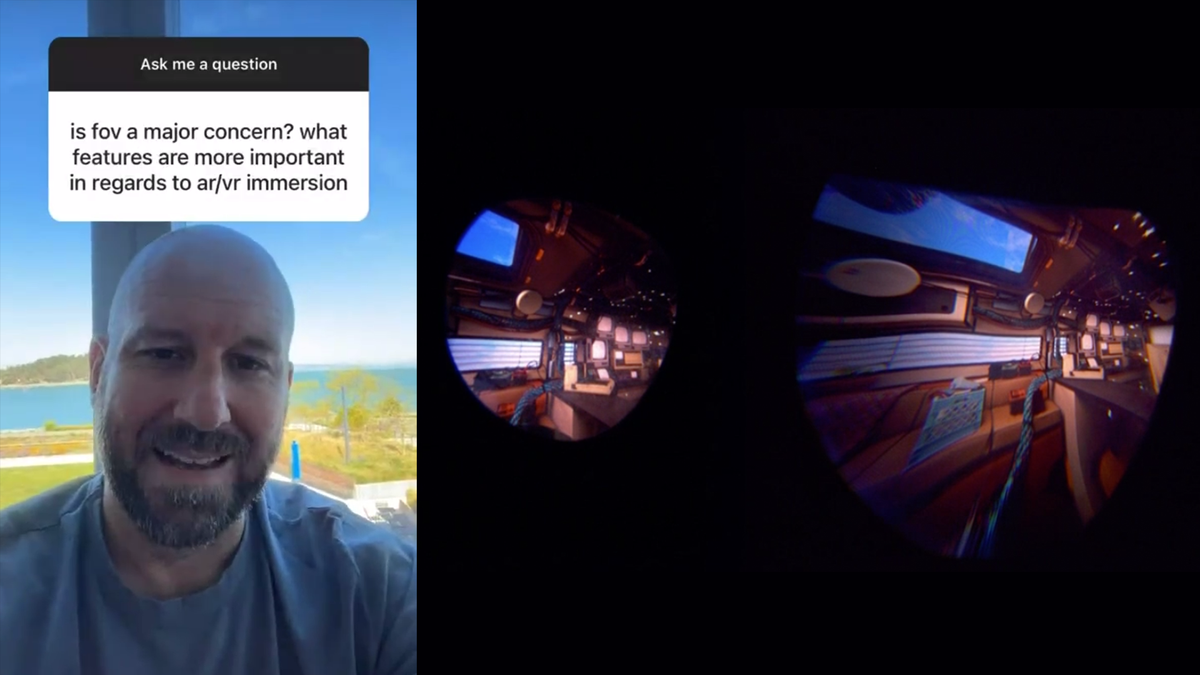
Boba 3 certainly proves that an ultra-wide field of view can be achieved without significantly changing the form factor, and if streamlined and refined for shipping, I’d guess it would only add around 100 grams of weight. Not trivial, but it could be mitigated with the right head strap, and it’s more than worth it.
But Boba 3 does nothing to address the compute issue Bosworth often raises. The wider the field of view of a headset, the more pixels that need to be rendered each frame to achieve the same angular resolution. And the performance cost is worse than just increasing the resolution of the same field of view, because more geometry, entities, and effects are now visible, and thus have to be rendered and simulated. In virtual scenes with few objects beside you, this further overhead might be somewhat manageable, but in dense scenes, such as open worlds, it could be catastrophic.
Techniques like eye-tracked foveated rendering and neural upscaling could help here, but can only go so far.
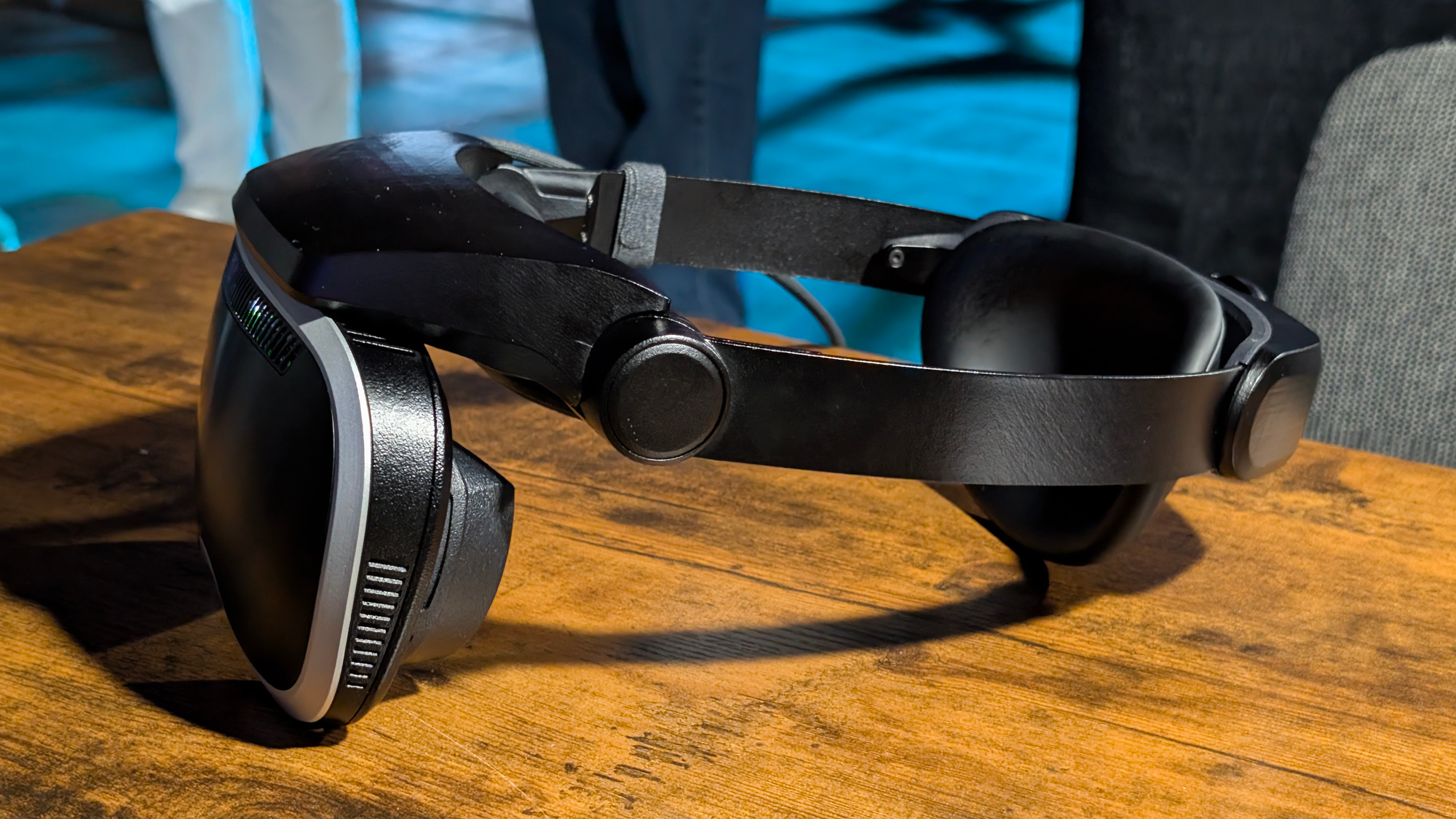
The Boba 3 demo was powered by Nvidia’s RTX 5090, a $2000 2-kilogram PC graphics card that draws around 600 watts of mains power. Meanwhile, Meta shipped its last PC-only VR headset in 2019 and committed to never shipping another with the release of Quest 2.
Meta is solely focused on standalone headsets powered by mobile chipsets, drawing around 10 watts from a relatively small battery, with orders of magnitude less performance than a gaming PC. Within these constraints, increasing resolution, refresh rate, or field of view trades off harshly against the already limited graphical fidelity of standalone VR. As much as I hate to admit it, when it comes to the field of view of standalone headsets, Bosworth is right.
Facebook Killing Oculus Rift Line, Aims To Make Quest 2 ‘Best PC VR Experience’
Oculus Rift S is being retired in Spring, and Facebook tells us it won’t be releasing any new PC-only VR headsets. RIP, Rift! The just-announced Oculus Quest 2, like the original Quest, supports Oculus Link- it can act as a PC VR headset via a USB cable. In Link
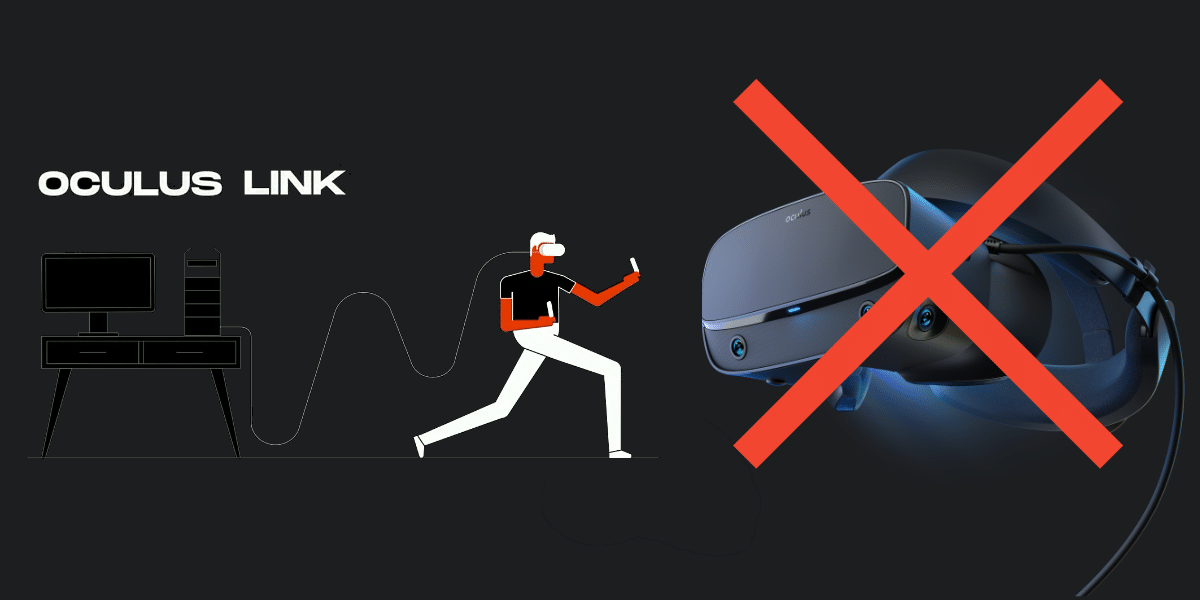
None of this is to say that Meta will continue to ship the same circa-110° field of view forever, though. There is a lot of room between 110° and 180°, and the fundamental approach of Boba 3’s lenses could be adapted to achieve a gradual increase in field of view over time.
Tiramisu: “Hyperrealistic VR”
While Boba 3 pushes field of view, it still has similar angular resolution and the same low brightness and contrast of headsets like Quest 3. But Boba 3 was not the only Meta prototype headset I tried at SIGGRAPH 2025.
I also went hands-on with Tiramisu, a prototype of “hyperrealistic” VR from DSR’s sister team, Optics, Photonics, and Light Systems (OPALS). Tiramisu combines beyond-retinal resolution, high brightness, and high contrast, albeit with a narrow field of view.
Meta Tiramisu “Hyperrealistic VR” Hands-On: A Stunning Window Into Another World
At SIGGRAPH 2025, we also went hands-on with Tiramisu, Meta’s prototype that combines beyond-retinal resolution, high brightness, and high contrast.
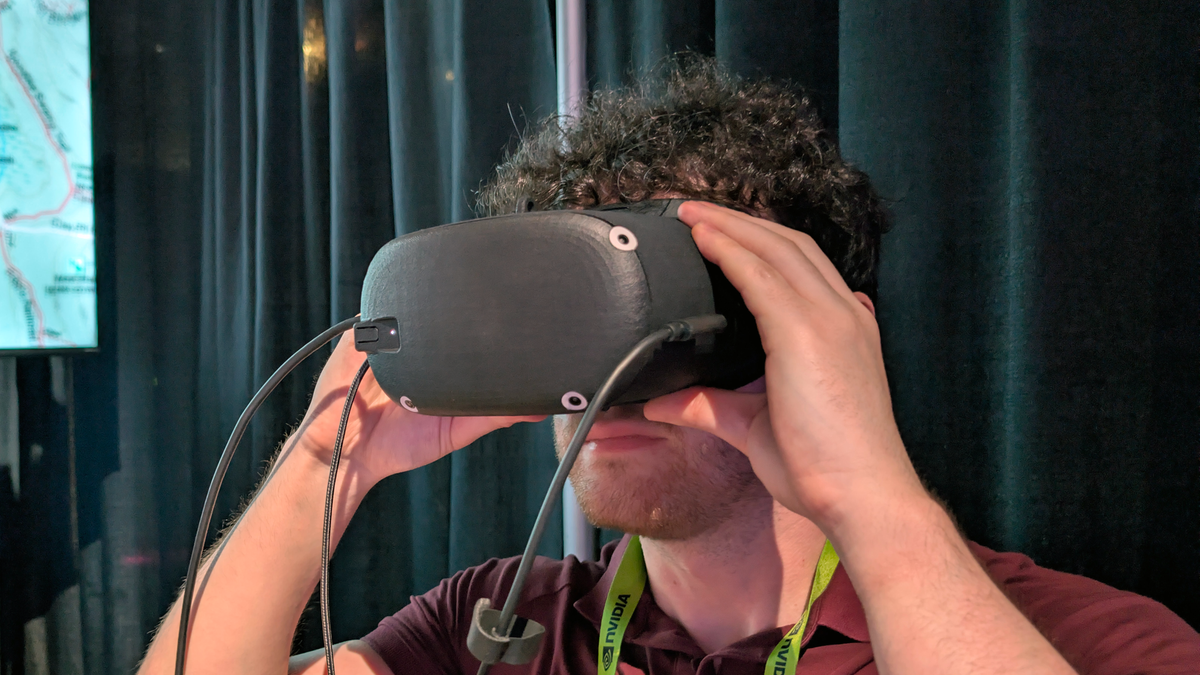
You can read my impressions of Tiramisu here.
Appreciate our reporting? Consider becoming an UploadVR Member or Patron.
Source link
#UltraWide #Field #View #Compromise









